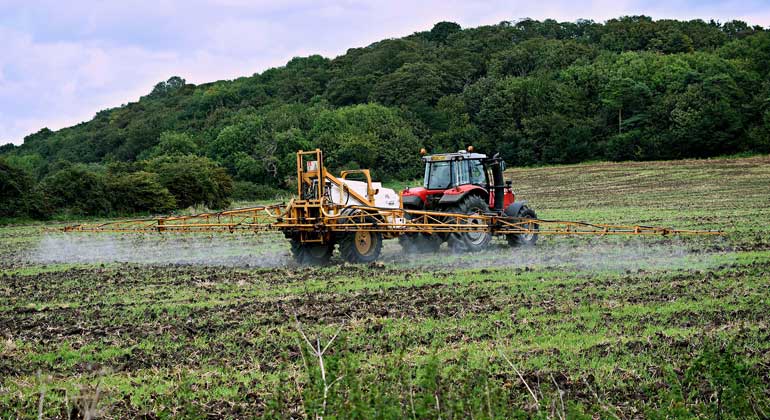Study recommends six steps to improve our water quality
A roadmap to overcome the challenges associated with legacy nitrogen for faster improvements to our water quality
Nitrogen fertilizers are critical for growing crops to feed the world, yet when applied in excess can pollute our water for decades. A new study provides six steps to address nitrogen pollution and improve water quality.
Since nitrogen persists for so long, management efforts may seem futile and unattractive because it can take a long time to see results. The study from the University of Waterloo appearing in Nature Geoscience provides a roadmap for scientists, policymakers, and the public to overcome the challenges associated with this legacy nitrogen for faster improvements to our water quality.
“We have to think about the legacy we leave for the future in a strategic way from both the scientific and socio-economic angles,” said Nandita Basu, a professor of Earth and Environmental Sciences and Civil and Environmental Engineering at Waterloo and the study’s lead author. “This is a call to action for us to accept that these legacies exist and figure out how to use them to our advantage.”
The study recommends the following six steps:
- Focus research to quantify the length of time the nitrogen stays in our ecosystems to adjust our expectations for conservation timelines.
- Find ways to use the legacy nitrogen as a resource for growing crops instead of adding new nitrogen fertilizers to our ecosystems with already high levels of nitrogen.
- Target conservation strategies to get the maximum water quality improvement instead of a widespread blanket approach.
- Combine conservation methods that reduce the amount of nitrogen that has already left the farm fields, such as in wetlands, with methods that harvest nitrogen from past legacies accumulated in the soil.
- Monitor water quality at both large and small scales so that short-term results can be seen at scales like a farm field and long-term results downstream at river basins can also be tracked.
- When assessing the economic impacts of conservation strategies, incorporate both short- and long-term cost-benefit analyses.
Nitrogen legacies are different around the world depending on the climate and historical land use, and land management patterns. While theoretical knowledge of these legacies has existed for decades, measurements and monitoring have not yet been widespread enough to understand these differences and support water quality policies, where there is still an expectation of short-term water quality improvement.
“It’s time we stop treating nitrogen legacies as the elephant in the room and design watershed management strategies that can address these past legacies,” said Basu. “We need to ask ourselves how we can do better for the future.”
- The study, Managing Nitrogen Legacies to Accelerate Water Quality Improvement, was recently published online.








